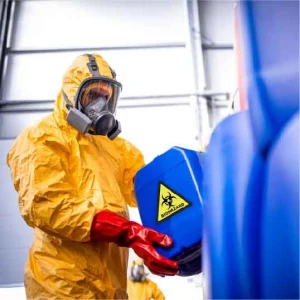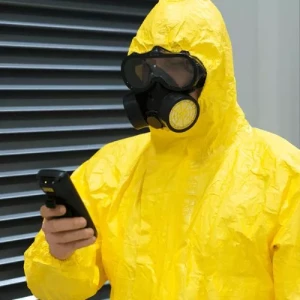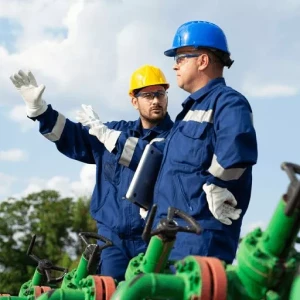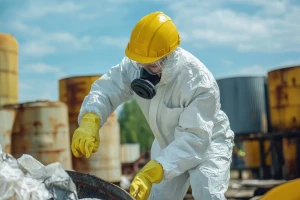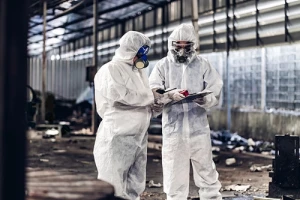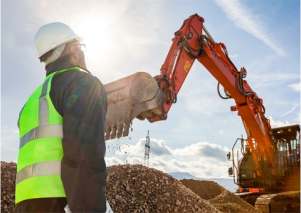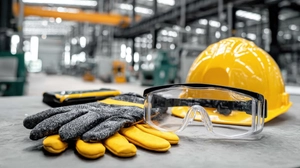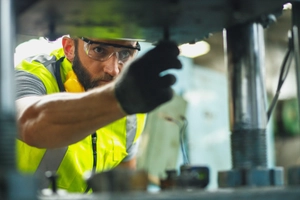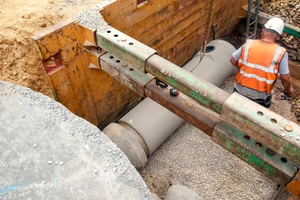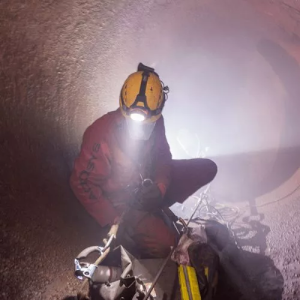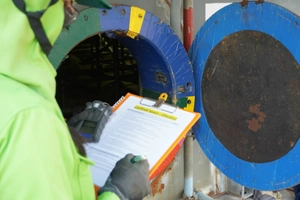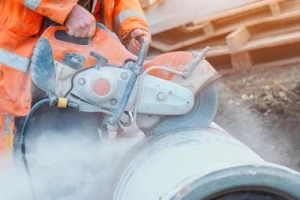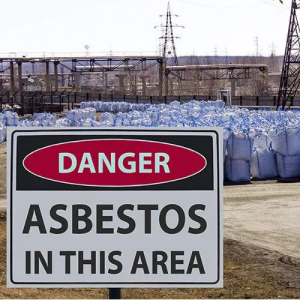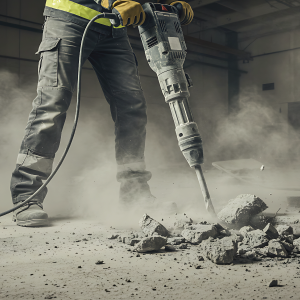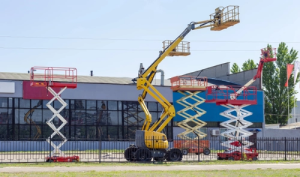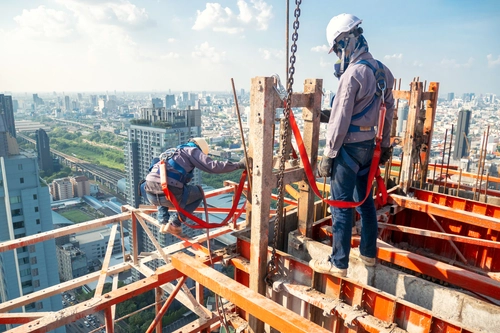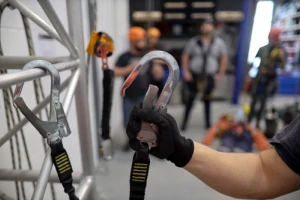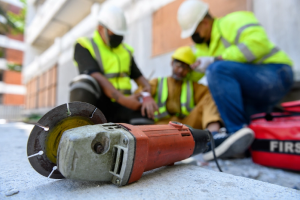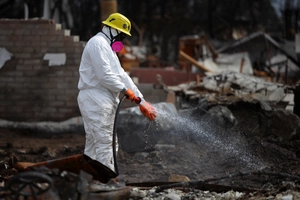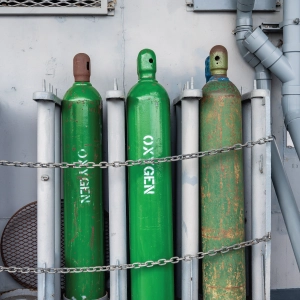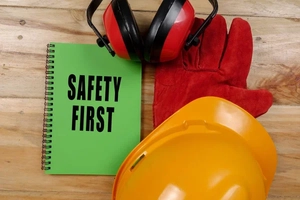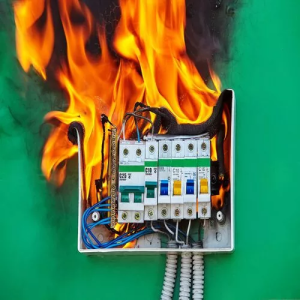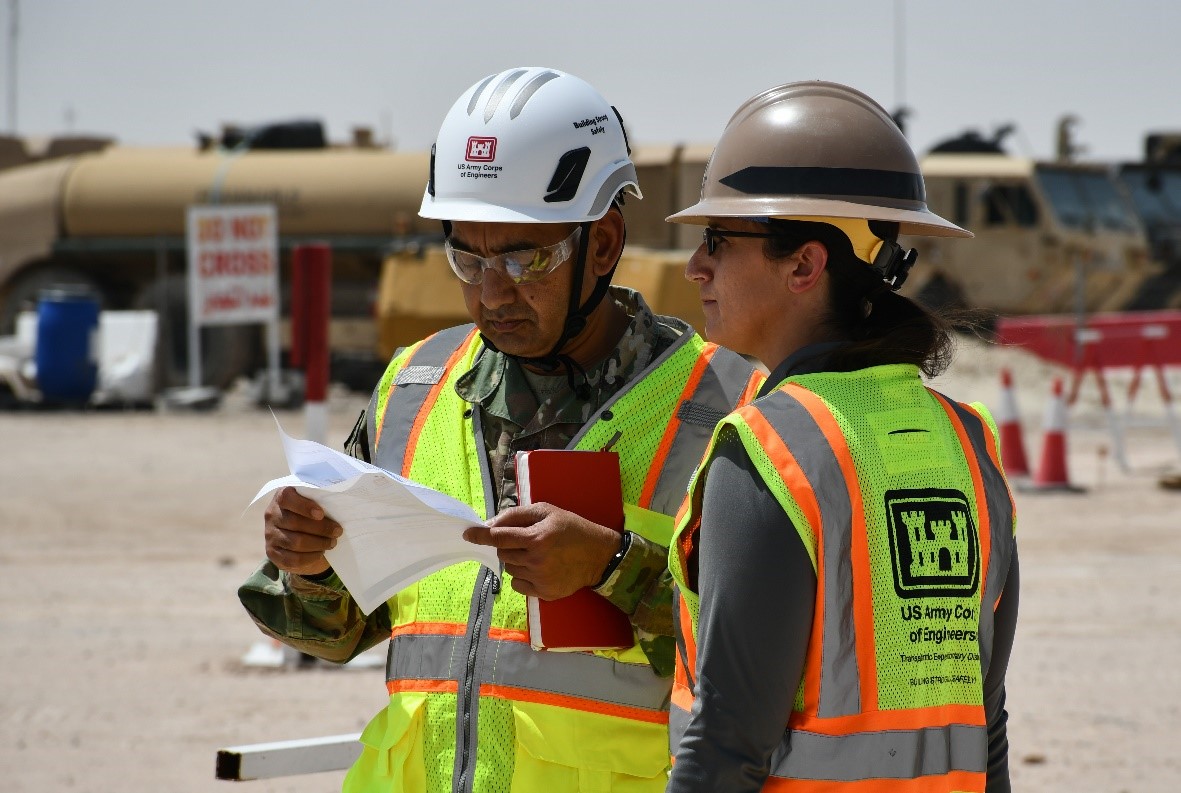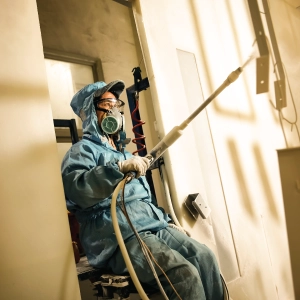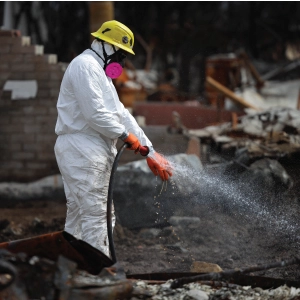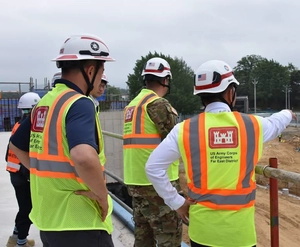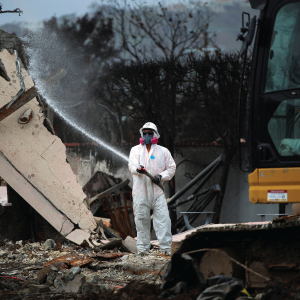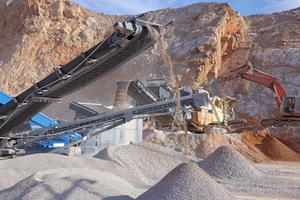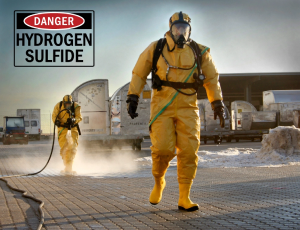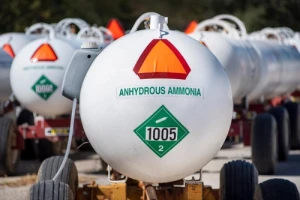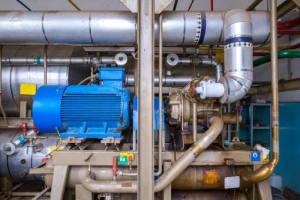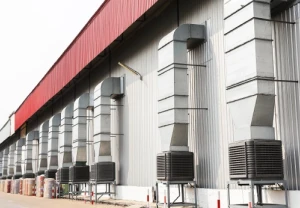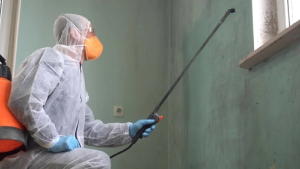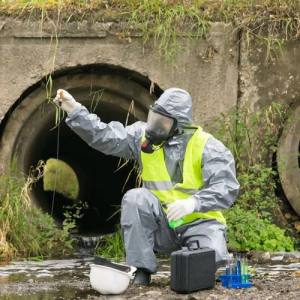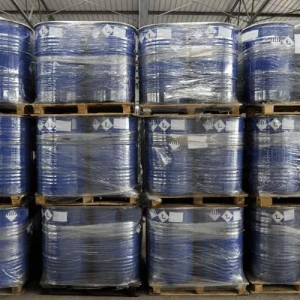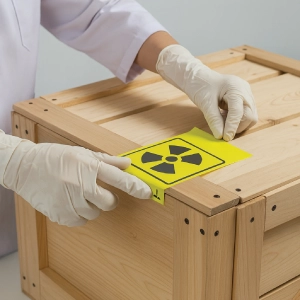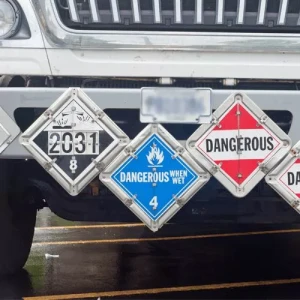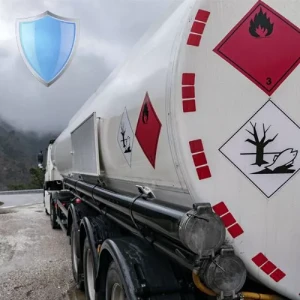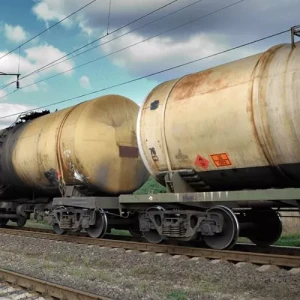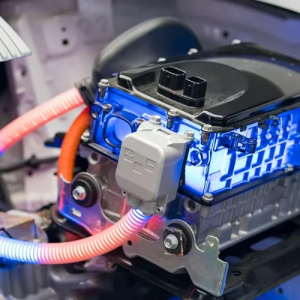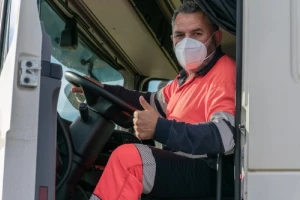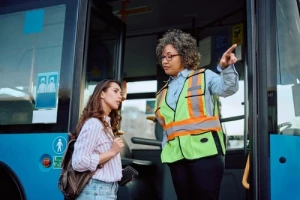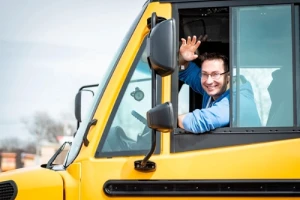OSHA Machine Guarding Safety Training
- In accordance with Federal OSHA Regulation 29 CFR 1910 Subpart O
- Available in:
 English |
English |  Español
Español - Learn on your own schedule, from any location, on any device
- Seamless, self-directed mobile training experience
- Get your official certificate as soon as you’re done
- Take advantage of read-aloud course materials
- Delivered through SCORM packages, online platforms, virtual classrooms, or in-person events
0.2
Bulk Buying
| Employee | Per Seat |
|---|---|
| 2-10 | $39.59 |
| 11-20 | $39.19 |
| 21-50 | $38.79 |
| 51-100 | $37.99 |
| 101-250 | $37.19 |
Course Facts
Training Duration
Learning Type
Course Access Validity
Device Support
Certificate Validity

Machines are central to numerous industries, yet without appropriate safeguards, they can be a serious safety risk. We provide OSHA Machine Guarding Safety Training to equip employees, managers, and safety officials with proper knowledge necessary for accident prevention that involves moving parts, rotating devices or unanticipated machine engagements.
This online course is self-paced and adheres to OSHA’s Machine Guarding Standard (29 CFR 1910 Subpart O). It emphasizes recognizing mechanical hazards selection of guards maintenance and safe standard operating procedures. Be it using machines, supervising them at the shop floor or ensuring compliance management; this course equips you to mitigate injuries or violations.
Why Choose Our OSHA Competent Person for Silica Awareness Training?
Our program fosters safety and compliance through simplicity of safeguarding systems by practical step-by-step instructions. It addresses critical requirements under OSHA while minimizing the risks of amputation, laceration and crushing injuries. The training is available online allowing learners access from any internet enabled device at their preferred pace. Developed by skilled safety specialists, the training covers various types of machine hazards, the functioning of guards, and operator and employer responsibilities with simple instructions and real-world illustrations. It also provides a completion certificate which is useful for OSHA documentation purposes and confirming training compliance.
What You Will Learn
- All about machines and their likely dangers along with hazard detection techniques
- OSHA guidelines on guarding of machines (29 CFR 1910 Subpart O)
- Definition of a machine guard, its purpose with fixed, interlocked, adjustable and self-adjusting guards
- Inspection, safeguarding maintenance, and machine utilization procedures
- Employer/Employee roles defined under OSHA outlined standards
- Basic lockout/tagout and its relation to machine guarding
- Identification and report unsafe conditions including unguarded machinery.
- Who does what on the job in the event of injuries or potentially hazardous guarding issues:
- Key ongoing safety practices for ongoing prevention of identified risks.
Who Needs This Course?
This OSHA Machine Guarding Safety Training is aimed at:
- Personnel operating or servicing machines in industry and construction sectors.
- Foremen overseeing equipment operation.
- Enforcers of safety policies within an organization.
- Plant managers prioritizing injury rate reduction.
- Personnel maintenance or repairing active/moved equipment.
- Employees setting up machines, operating them, or cleaning parts of them.
- New employees expected to operate around safeguarded equipment.
Machine Guarding Safety Training Course
OSHA’s Machine Guarding training is organized into two sessions, the first focusing on the underlying principles, the second on hands-on techniques. Each segment is mandatory; only after all components are finished can participants move ahead, confirming that the key principles are firmly grasped.
Introduction
Lesson 1: Introduction to Machine Safeguarding
Protecting workers from machine-related injuries is the overriding goal. This segment identifies how unguarded moving parts, pinch points, and snarling feed rolls can cause amputations and other life-altering injuries. You’ll study both mechanical and non-mechanical hazards and the OSHA standards that address them, then practice hazard recognition and risk analysis techniques that help you spot weak links and strengthen safety programs.
Lesson 2: Primary Safeguarding Methods
The next part looks at guards you can install and safety devices you can mount. You’ll compare fixed guards, adjustable guards, interlocked guards, and folding guards, and you’ll see how photoelectric sensors and other devices can serve as additional layers of protection. Throughout the training, we’ll stress how to select, install, and test guards to meet performance-based standards.
Lesson 3: Secondary Safeguarding Methods
Finally, you’ll discover how to protect workers when guards alone can’t do the job. We’ll cover safe-location measures, safe-distance techniques, safe-holding devices, and safe-opening requirements. We’ll also discuss feeding and ejection systems that keep hands out of danger, awareness aids that remind operators to stay focused, and the administrative controls that complete the safety picture. All of these methods are components of a comprehensive risk-management program that keeps workers out of the line of fire.
Lesson 4: Requirements for Safeguards
This lesson covers safeguarding requirements. It discusses lockout/tagout (LOTO) procedures, the use of personal protective equipment (PPE), and how ergonomics play a role in safety. Maintenance protocols and safeguarding for robotic systems are also key elements in ensuring a secure work environment.
Final Examination
Frequently Asked Questions
The importance of this course lies in ensuring workplace safety and OSHA compliance in jobs involving the use of machinery. It helps:
- Avoid Permanent Disabilities: Trains employees on effective machine guards used to mitigate serious injuries such as amputation or moving part engagement.
- Recognize and Manage Harmful Conditions: Trains students on important machine hazards such as nip points and rotating gadgets plus protective measures for their use.
- Appropriate Use of Safety Devices: Discusses practices related to set-up, examination, servicing machines known as slots, sensors, two hand devices and guard pairs.
- Successful completion provides workers enough knowledge for proper risk management, OSHA compliance and building a safe working environment.
Ensure guards on machines prevent exposure to possible risks.
- Check regularly that inspections are done and maintenance performed so that guards are operational.
- Conduct proper instruction to all employees on how they should use machine guards and what danger exists if they circumvent them.
Yes. Employees need training as outlined in OSHA guidelines that will assist in recognizing safety dangers posed at their workplace, particularly safety equipment such as machinery. Training should cover:
Some common purposes different types of guards serve.
- Use and adjustment of these important protective precautions for safe operation frequently encountered in factories.
- The dangers associated with removal or circumvention of built-in protective measures called as “guards” or “shields”.
As for other forms of training, there is no official expiration date that has been assigned. However, it is suggested that a refresher course be taken every three years in order to stay up to date and keep knowledge relevant.
Important: Certificates issued by HAZWOPER OSHA Training are indeed valid for three years from the completion date.
This safety course is conveniently designed for personnel working near machines and includes:
- Employees working as Machine Operators
- Employees working as Maintenance Technicians
- Employees working as Safety Managers
- Employees working as Supervisors
Employers managing all machine operations
COURSE OBJECTIVES
The course trains staff and supervisors on safety practices relating to workplace equipment. It covers the recognition and evaluation of industry-specific safety concerns within the shop to comply with OSHA 29 CFR 1910 Subpart O. Participants will gain knowledge on risk control and safe procedures that will minimize hazards. Post-course, participants will be trained to advocate for improved workplace safety and compliance with OSHA.
Course Objectives
- Ensure full compliance with the guarding standards issued by OSHA by applying usage of the standards from relevant sectors of operation.
- Identify and describe common electrical and mechanical non mechanical hazards, along with corresponding protective solutions.
- Recognize the extent of injuries that may be sustained by workers operating equipment due to inadequate guarding.
- Differentiate and classify guards: fixed, interlocked, adjustable and describe appropriate uses for each.
- Design appropriate safeguards, including but not limited to photoelectric sensors, pull back, and two-hand control systems.
- Describe functions of machine guards on automated machines: semi-automated feeders, ejectors, and robotic arms.
- Evaluate and design effective terminal protective devices in relation to machine guard systems employed.
- Apply appropriate maintenance standards, including safety maintenance of Lockout/Tagout (LOTO) for safeguarding machines as per OSHA standards.
- Control the interruption to organizational workflows during a machine-related accident in order to contain and minimize the escalation of injuries.
Choose Your Ideal Training Format:



Virtual Instructor-Led
$199.00/Seat (minimum 10 seats)

Client-Site In-Person
$750.00/Seat (minimum 10 seats)
I gained a clear understanding of essential machine guarding techniques, from lockout/tagout to various guards. It’s hands-on and directly applicable to managing a safe work environment.
As a safety officer, staying updated on machine safety standards is critical. This course was a great refresher on OSHA standards and machine safety. It’s perfect for anyone overseeing safety in industrial settings.
Learning about safety guards and hazard identification through this training has been an eye opener. I feel more equipped to work safely with machinery. Highly recommend it for machine operators.
This Machine Guarding Safety course equipped me with the knowledge and skills to work safely around machinery. The course covered everything from proper machine guarding to lockout/tagout procedures and PPE to be used. Good training for anyone working with or around industrial equipment.
The ROI of Online Safety Training
Discover the value of our efficient alternative to live training, and calculate your return on investment.


Recommended Courses


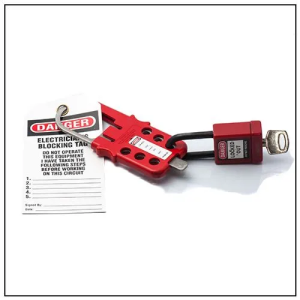
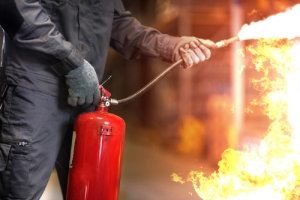


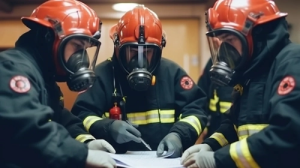




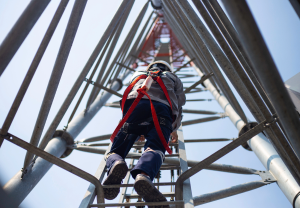


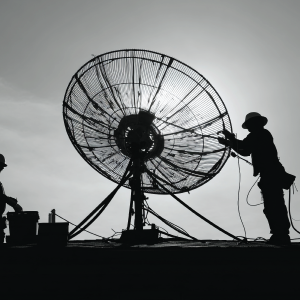



For Corporate Orders and Inquiries please reach out to our sales team at (310) 498-0546
By signing up you agree to receive marketing emails.
Be assured we will never spam you!

 EN |
EN |  ES
ES